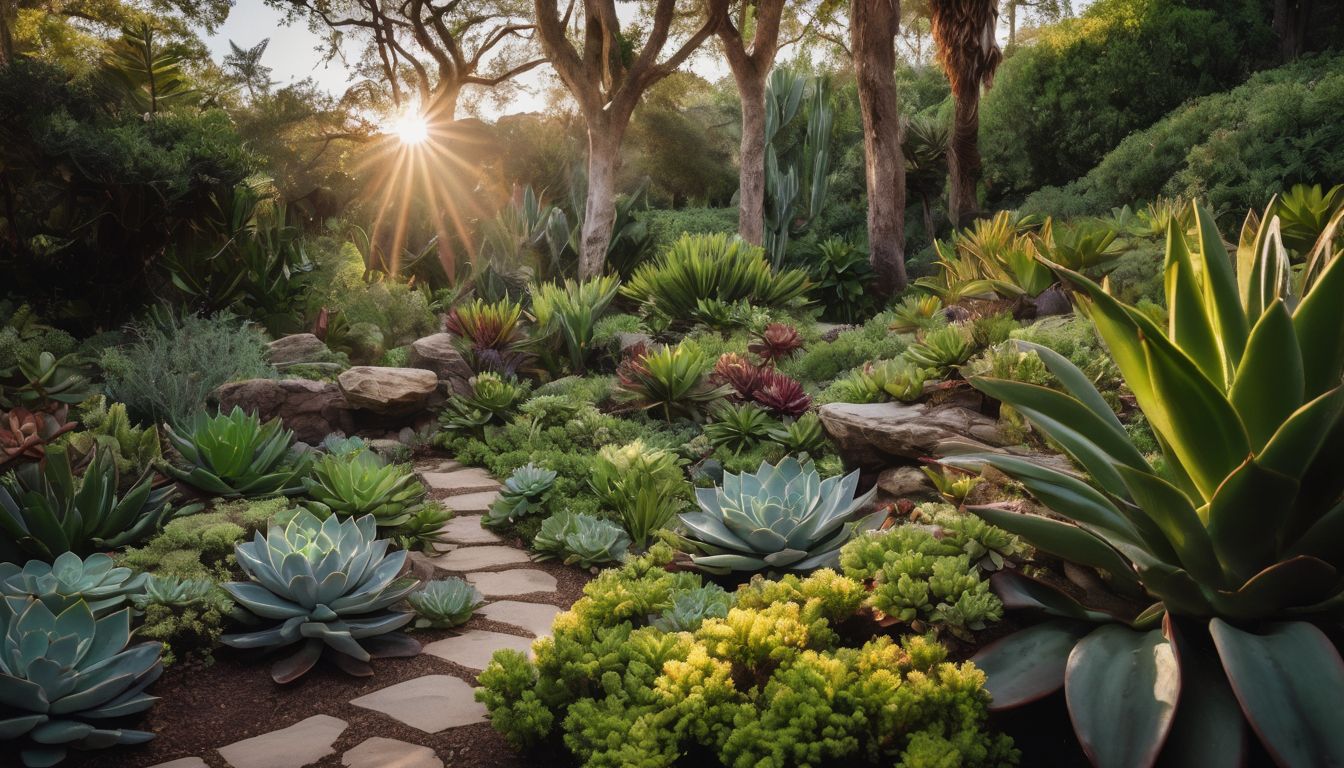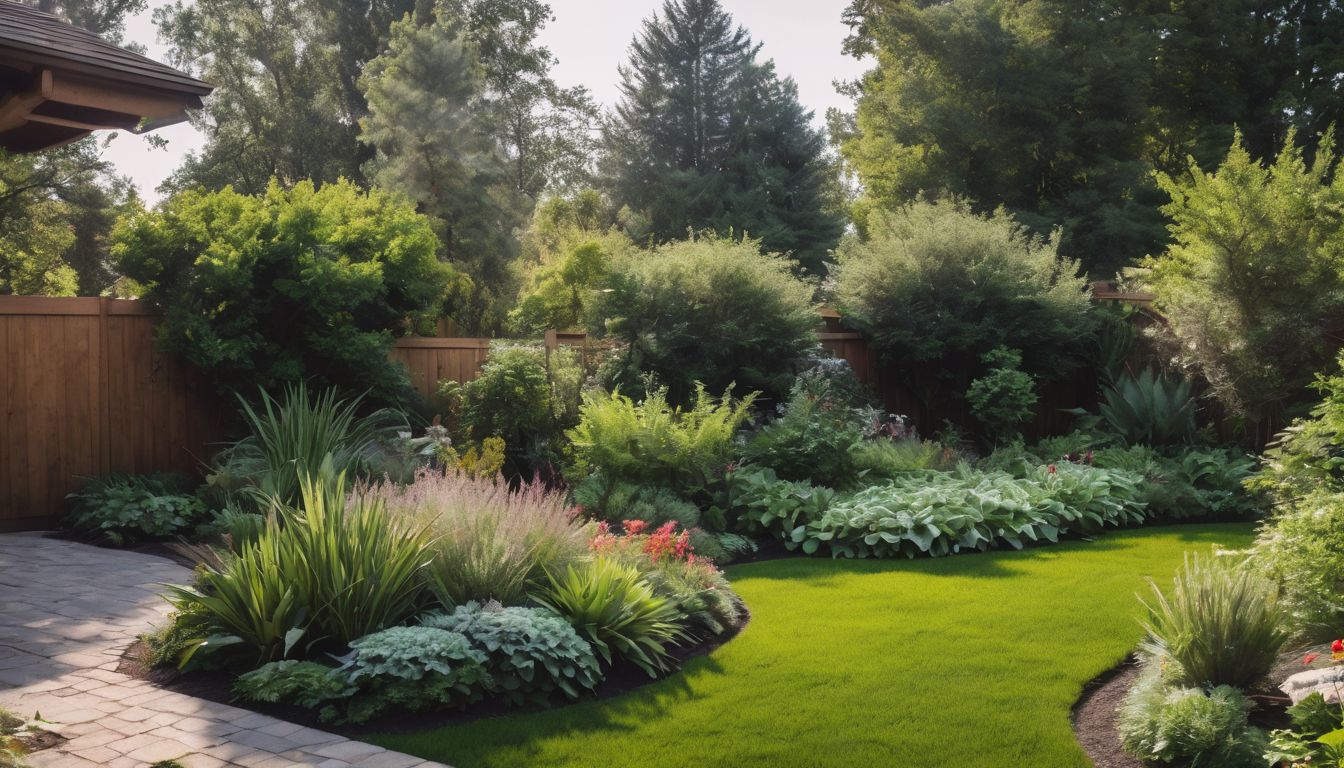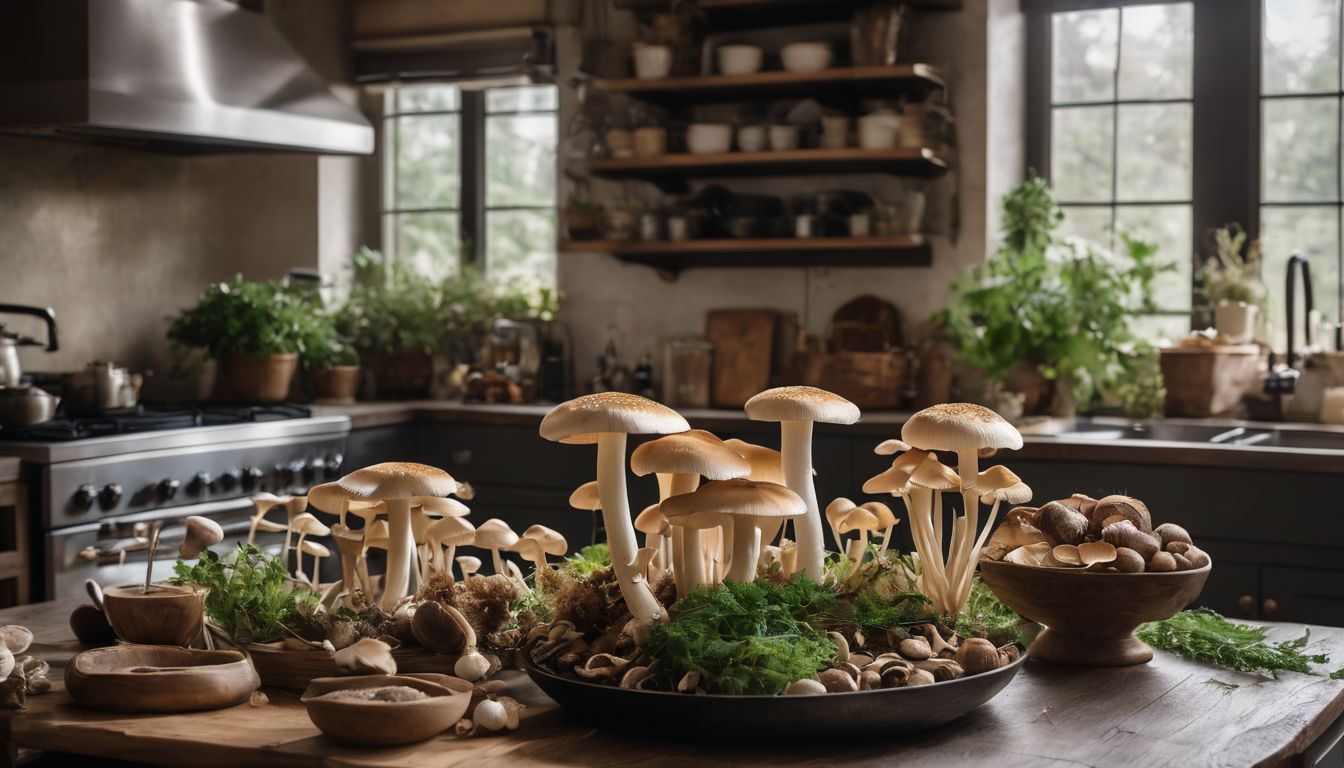How about foodscaping your lawn?! Turfgrass (lawn) now covers 1.9 percent of land in the continental United States, making it the most common irrigated crop in the country!1 Unfortunately, the lawn’s iconic place in our country’s suburban landscape does not do much to benefit the environment.2 Although lawns do act as partial carbon sinks because they remove carbon dioxide from the air through photosynthesis, nitrous oxide emissions from fertilization and the energy used to mow week after week ultimately make them net emitters.3 Lawns also require large amounts of water, especially in arid regions, and the pesticides and fertilizers used to maintain them are associated with environmental pollution, health risks, and make your lawn more environmentally friendly , and a new movement is underway to convert lawns into edible foodscapes that provide delicious benefits and do not harm the environment.5 A “foodscape” is a method of landscaping yards, lawns, and open areas in a low-maintenance and poison/toxic-free way that provides food and aesthetic beauty.
BENEFITS FOR THE ENVIRONMENT: Decreasing the amount of fertilizers, pesticides, and energy for mowing will help the environment and reduce the demand for fossil fuels. Reducing your lawn’s watering levels, i.e. H2O consumption, is also very important for dealing with water scarcity issues .
BENEFITS FOR YOUR WALLET: Using less energy and water means lower bills, and planting food can help offset grocery costs.
TIME AND EFFORT: Medium to High. Planting and harvesting is a different kind of endeavor than mowing. Converting a lawn to crops can be hard work at first. However, the results should pay off in dividends.
Creating your Lawnscape
Planning
If the prospect of turning your green carpet into a garden bed is intimidating, it might be worth your while to consult with a local garden store or foodscaping team.7 Before you begin to plant you should ask yourself the following questions:
- What fruits and vegetables do I like to eat?
- Which foods do I find are the most expensive to purchase and are most difficult to obtain?
- How much time and money do I feel I can invest into creating a foodscape?
- What kinds of fruits and vegetables grow well where I live?
- Read this guide for more detailed information on growing your own vegetables.
Design
After you’ve determined the scope of your foodscaping project, you should start to sketch out some ideas for redesigning your lawn. If you are not sure that you will have the motivation to maintain an entire yard of fruits and vegetables, then you can start with one raised bed, a fruit tree, a couple of herbs, a lettuce plant, or a tomato. Once you start growing a little bit of food, it is usually hard not to want to grow more.
Install and Plant!
After you’ve designed and experimented, install the design of your choice. Some general design elements that can be combined and built upon include:
- Raised Box Beds – Raised beds are simple and easy to install over an existing lawn. Also, because they are modular, you can add as many as you want and create your garden in phases.
- Containers – Containers are perfect for small yards or yards with poor soil. Their portable nature makes it easy to add color and texture with pottery, move plants around if you have a pet that likes to nibble too much, and vary plants to adapt to seasonal conditions.9
- In-ground gardens – In ground gardens are great for more serious gardeners. They can accommodate large plants like trees and more varied plantings.10 On the other hand, in-ground gardens can also allow gardeners to plant one crop, like buckwheat, and help cut down on maintenance requirements.11
- Taking back the patio – after you’ve used up your lawn space, think about using more unconventional places for food. In the pictures below, a San Francisco school courtyard is transformed into a garden.
Compost and Collect Water: Once your garden is established, you can enhance it by creating a making your own compost .
Enjoy the Fruits of Your Labor: Enjoy your homegrown food and share your wealth and knowledge with neighbors!




